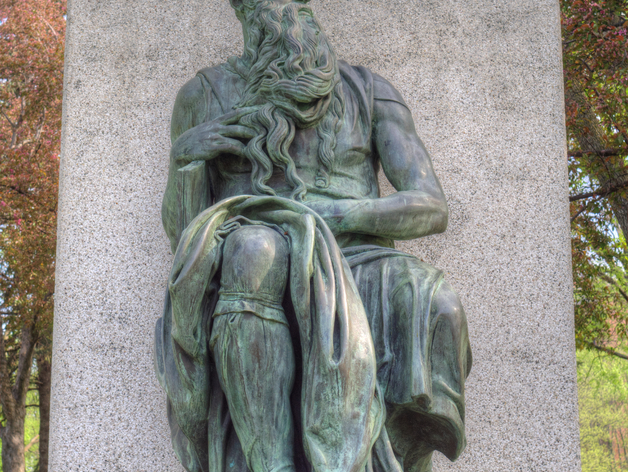
Moses (beta)
thingiverse
I recently acquired a 24 megapixel Sony Alpha 5100, which marks a significant leap in terms of resolution compared to my previous DSLR. The camera is also much lighter than its predecessor. In addition to the new camera, I purchased several adapters and lenses, including the Jupiter 3, Industar, and Helios. Although these Soviet-era glass lenses are manual focus only, they have proven to be just as effective as any Zeiss lens and more affordable to boot. This Moses model is currently a beta due to its reliance on manual focus. I set up my camera on a tripod, adjusted the focus carefully, and took over 300 photos over two days with deeply overcast skies. The display photo was taken shortly after the skies broke. My preferred method involves running all the RAW photos through Photomatix Pro to create HDR images at a conservative level without overdoing it. I then double-check each result to ensure uniform lighting and exposure, which helps improve my chances of success with Photoscan Pro. Next, I place all the processed TIFs into a folder, launch Photoscan Pro, and open the folder. Using the low setting, I begin creating the model. Once I have a sparse cloud, I adjust the bounding box to exclude any surrounding material from Moses and proceed to create the dense cloud and final mesh. At this point, despite using the low setting, the model is detailed enough that I could opt for the final texture stage, but in this case, I decided to go all out. As my Mac Pro is not the fastest machine, processing time is necessary. My particular machine is an early 2009 Mac Pro with 32 gigs of RAM. I upgraded the CPU from the original 2.66 GHz quad core to a 3.33 GHz hexacore with turbo boost and hyper threading. Additionally, I replaced the original Nvidia Geforce GTX 120 GPU with a Nvidia Geforce GTX 960 to enhance processing power. While I could have done more, budget constraints limited my options. From start to finish, including breaks when I stepped away, this model took roughly two to three days. As it's currently a beta, the results are rough in some areas due to manual focus glass limitations and lack of access to certain parts of the sculpture. In about a month or two, I'll invest in inexpensive autofocus glass from Sony, allowing me to pole-mount the camera remotely and capture the hidden parts of Moses. Comparing my current results to an older version of Moses shows significant improvement in detail. While it won't be an exact inch-for-inch replica, this new model will be the most detailed rendition yet.
With this file you will be able to print Moses (beta) with your 3D printer. Click on the button and save the file on your computer to work, edit or customize your design. You can also find more 3D designs for printers on Moses (beta).
